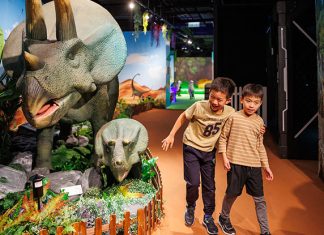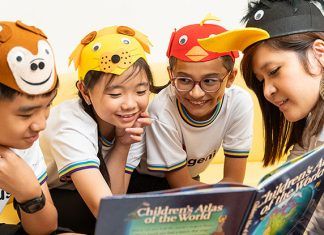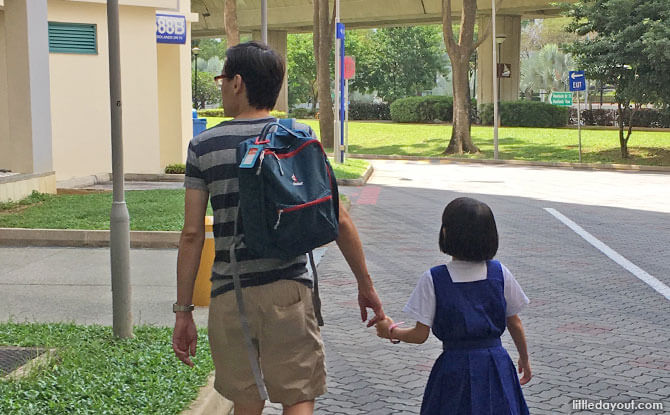
Kindergarten 2 to Primary 1. Primary 2 to Primary 3. Primary 4 to Primary 5. Children from local schools in Singapore experience many transitions in their primary education.
While graduating from kindergarten to primary school would probably be the most intense of all, involving a whole mindset change, the other transitions within the primary school environment should not be taken too lightly as well. Not that we should be worrying ourselves sick over every hiccup our children encounter in school, but rather, take the attitude of supporting these young ones as they adjust to changes such as different teachers, new subjects and new classmates.
Ways to Help Kids Transition Through Primary School
Here are some practical ways we can show our support without giving additional pressure:
1. Find Out How They Are Doing By Asking More Effective Questions
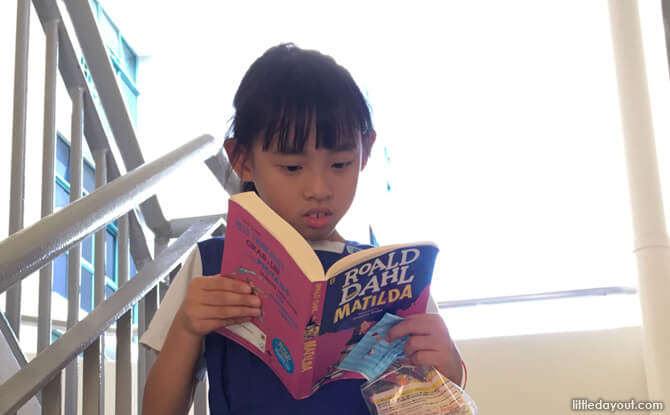
As parents, we want to make sure that our children are coping well, especially when they are going through transitions in primary school. Sometimes, we are so anxious to know how they are doing that we fire questions at them the minute we see them after school!
“How was your day in school?”
“Is your new teacher fierce?”
“Did you make any new friends today?”
Chances are, with questions like these, we will get answers like “Great!” or “Dunno?” – mono-syllabic, factual or non-thinking replies. Even with chatty children, the close-ended nature of these questions limits the feedback that we hope to receive.
Why not try something more open-ended, like “What was the most interesting thing that happened in school today?” or “What did you talk to your classmates about today?” These encourage replies with more content, which allows us to piece together a rough picture of how the kids are doing in school.
Another way to elicit more meaningful responses is to start by sharing something about ourselves. For example, “I used to love eating chicken rice, fish ball noodles and prata during recess break. What about you?” When we open up and tell someone something about ourselves, the other party will be more likely to reciprocate.
Even as we put in the effort to engage our kids in conversation, we need to recognise that there are times when they simply do not feel like talking, much like us! Showing our support means inviting them to share at their own pace, and letting them know that we are always ready to listen.
2. Look Out For Signs Of Stress
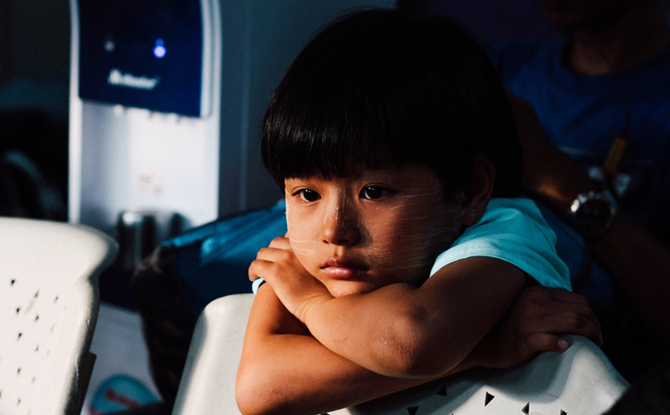
Changes are never easy, not even for adults! So imagine children having to get used to different teachers, make new friends, and follow a different schedule – all part and parcel of managing transitions in primary school.
To make sure that these transitions are not taking a toll on our kids, keep a lookout for signs of stress, such as changes in appetite, frequent stomach problems or sleep-related issues like insomnia or bedwetting.
Besides these physiological symptoms, children who are suffering from stress may also be emotionally affected, choosing to withdraw from friends, breaking into unexplained crying spells or becoming easily irritable.
Recognising these signs early will help us to nip the problem in the bud.
3. Create Opportunities For Our Children To Know Their Classmates Better
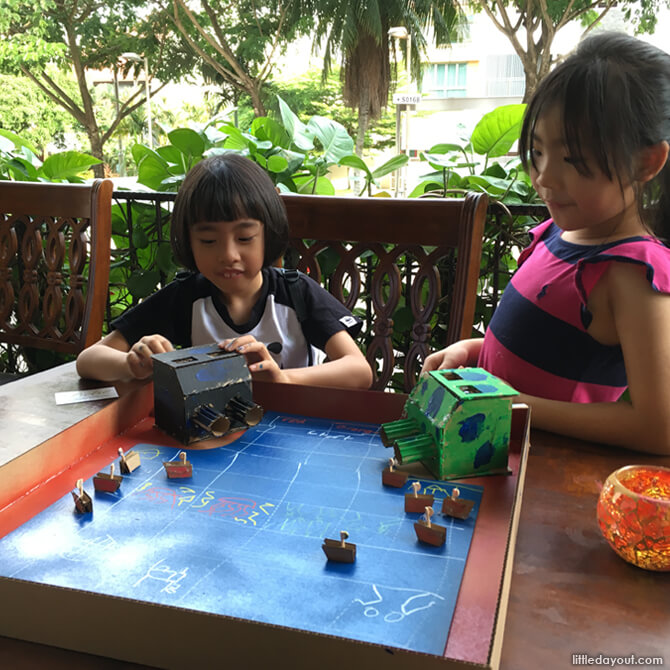
One way to cope with transitions in primary school is to make friends in class. Some teachers help their students do that by pairing them up for recess breaks or changing their seating arrangements every school term.
We can extend these efforts beyond school hours by getting to know our children’s classmates’ parents so we can arrange for playdates, invite them for birthday parties or even sign our kids up for holiday camps together!
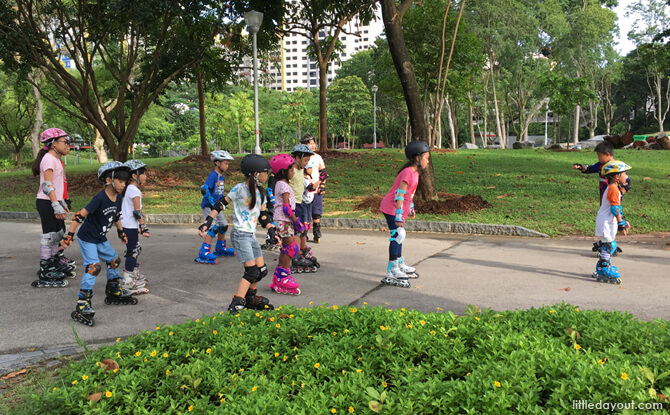
With more opportunities for our children to interact with their classmates, it will be easier for them to make good friends, with whom they can ride out the changes in school life together.
4. Discover More From The Little Ones’ Friends
These friends are also good informal sources of information on how our children are coping in school. Try chatting with your child’s friends; you will be surprised at how observant they are and their eagerness to give you a “report” on your little one even without any prompting! With the “intel” from these sources, you can better support your child through the transition period.
5. Get Feedback From The Teachers
Of course, for official information on how our kids are doing, we can always ask during parent-teacher meetings. Teachers are also contactable through parent-teacher communication apps that most schools use throughout the year, so we can give more timely support to our primary schoolers.
6. Give Kids Time To Adjust
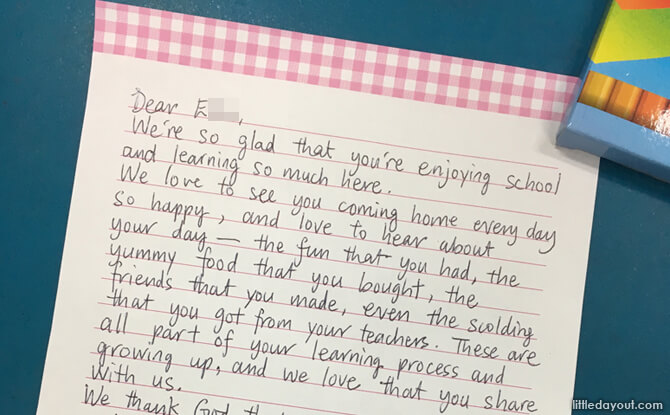
While transitions in primary school are not easy, we should never underestimate our children’s ability to triumph over these challenges. The best way to support them is to be there for them, but give them the space and time to work through problems themselves. This is how they can practise resilience and build up their confidence in primary school and beyond.
















